Case Report: 10CA005
Mechanic dies when he is crushed by the hydraulic arm of a recyclable refuse collection truck
Download a PDF to print this report:
Mechanic dies when he is crushed by the hydraulic arm of a recyclable refuse collection truck (10CA005, PDF)
Summary
A truck mechanic died from injuries received when he was crushed by a hydraulic arm on a recyclable refuse collection truck. The victim was troubleshooting an operational malfunction reported by the truck operator and placed himself between the hydraulic mechanism and the collection bin mounted on the front of the truck. The hydraulic mechanism activated and retracted, crushing the victim. The hydraulic arm and related components were purchased by the employer seven months prior to the incident. The specific training from the manufacturer on operations and servicing had not yet been given to the victim. The CA/FACE investigator determined that, in order to prevent future occurrences, mechanics that troubleshoot equipment malfunctions should:
- Stay out of the pinch points of energized mechanical, electrical, or hydraulic devices.
- Receive specific training from the vendor or manufacturer on the equipment on which they will be performing maintenance, repair, and troubleshooting.
Introduction
On July 19, 2010, at approximately 7:45 a.m., a 52 -year-old Hispanic truck mechanic died when he was crushed by a hydraulic arm on a recyclable refuse collection truck. The CA/FACE investigator was notified of this incident on July 19, 2010, by the Santa Ana District Office of the Department of Investigations of the Division of Occupational Safety and Health (Cal/OSHA). On August 11, 2010, the CA/FACE investigator interviewed the company vice president and inspected the truck involved in the incident. On September 2 and 3, 2011, the CA/FACE investigator interviewed two mechanics and two warehouse workers who were at the scene at the time of the incident. On September 3, 2010, a telephone interview was held with the manufacturer of the hydraulic system involved in the incident. A copy of the police report was also obtained.
Employer
The employer of the victim was a waste and recycling company. The company had been in business for over 47 years and had over 1,000 employees. The victim had worked for the company for 10 years and had 25 years of experience as a mechanic.
Worker Information
The victim was born in Mexico and had been in the United States for 35 years. He had a high school education and spoke English. The victim was familiar with and had experience repairing and servicing the hydraulic mechanisms on trucks. The victim had received training on servicing and repairs of other heavy duty truck system components, but had not received specific training on servicing and repair of the hydraulic/electrical equipment involved in this incident.
Written Safety Programs and Training
The company had a written safety program and Injury and Illness Prevention Program (IIPP). The company had an on-the-job training program that provided and documented monthly safety training to employees in both English and Spanish.
Incident Scene
The site of the incident was a bay in a service and repair shop for heavy duty trucks. The equipment involved in the incident was a hydraulic system that was retrofitted on the company's existing refuse truck (Curotto-Can SE-10). This system is designed to retrieve and empty trash from curbside recyclable containers. A collection bin with attached hydraulic arm is mounted on the front forks of the refuse truck, and the hydraulic arm extends to pick up the curbside recyclable containers and dump the contents into the collection bin. When the collection bin is full, the entire system is lifted over the top of the trash truck to dump the load into the main hopper of the truck. The system is powered and controlled through electrical and hydraulic quick connections back to the main system of the truck. The truck driver operates this system by a joy stick from the inside of the truck. This system was installed on the company’s trucks seven months before the incident.
Investigation
The day before the incident, the driver of one of the trucks that was equipped with the collection system called the company's route supervisor and told him that the hydraulic mechanism was not working properly. A field mechanic inspected the system and found a loose main electrical connection. The mechanic secured the connection with a tie wrap and the driver finished his route. That evening, the truck was brought into the company repair shop for additional maintenance and repair.
On the day of the incident, the victim was troubleshooting the electrical problem on the truck. The victim had the hydraulic arm of the automated system fully extended while he was checking the electrical components. The truck was running, and the collection systems were fully energized. The victim had positioned himself between the extended arm and the collection bin when the hydraulic arm activated and crushed him into the collection bin. Prior to the incident, a vendor for the shop had seen the victim in the cab of the truck. When the vendor left the shop approximately five minutes later, he noticed the victim caught in the hydraulic mechanism. The paramedics and fire department were called by an office staff person and pronounced the victim dead upon arrival.
Cause of Death
The cause of death according to the death certificate was blunt force injuries to the neck and chest.
Recommendations/Discussion
Mechanics that troubleshoot equipment malfunctions should:
Recommendation #1: Stay out of the pinch points of operational mechanical, electrical, or hydraulic devices.
Discussion: In this incident, the victim positioned himself between the hydraulic arm and the collection bin while troubleshooting the electrical problem of the collection system. It is not known why the victim was in this position. The truck was running with electrical and hydraulic power supplied to the collection system. The manufacturer tested the electrical system after the incident and determined there was no malfunction within the system. The Cal/OSHA investigator concluded that, based on the victim’s position at the time of the incident, the victim most likely hit the electrical connection with his foot which caused the system to close in on him. If the victim had been troubleshooting the problem by standing to the rear of the collection box, even if the hydraulic arm closed he would not have been trapped, thereby preventing this fatality.
Recommendation #2: Receive specific training from the vendor or manufacturer on the equipment on which they will be performing maintenance, repair, and troubleshooting.
Discussion: In this particular case, the victim was performing troubleshooting on a piece of equipment that had been purchased approximately seven months prior to the incident. Even though the victim was very knowledgeable about hydraulic systems and similar components on other trucks, he had not yet received the specific training from the manufacturer of the equipment involved in the incident. This instruction would have included the proper position to safely troubleshoot electrical problems. Had the victim received specific training on how to perform electrical troubleshooting on this system, he would have been aware of the need to stand to the rear of the collection system and avoid the pinch point.
Exhibits
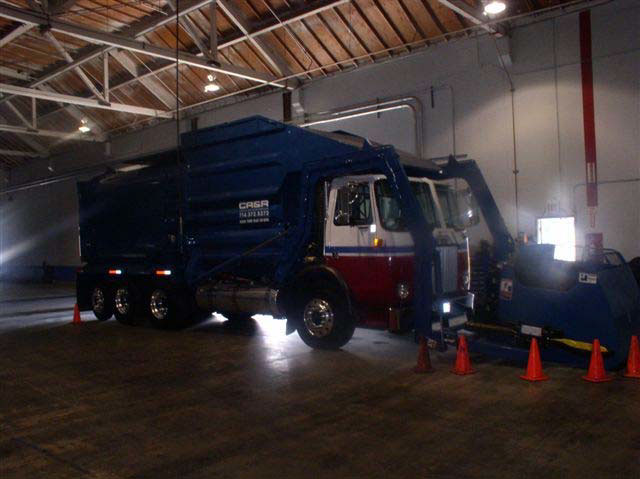
Exhibit 1. The truck involved in the incident.
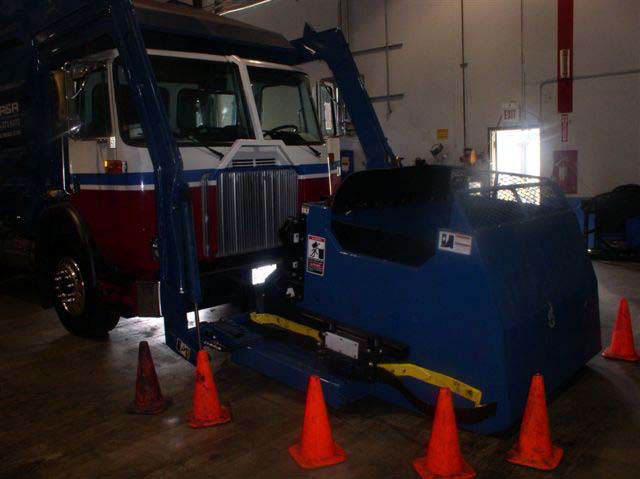
Exhibit 2. The collection bin with attached automated system.
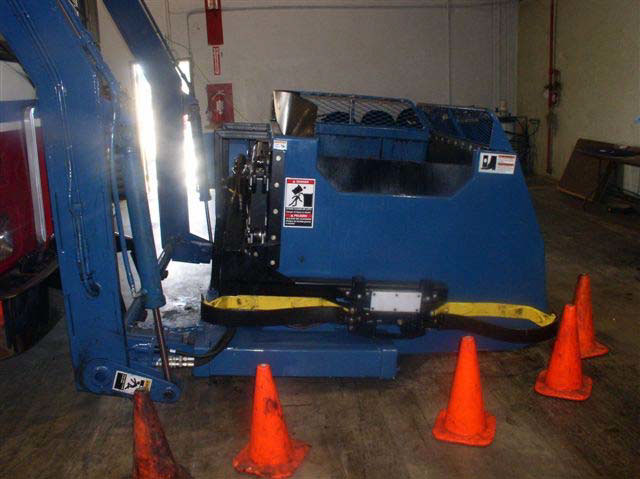
Exhibit 3. A side view of the collection bin and the automated system.
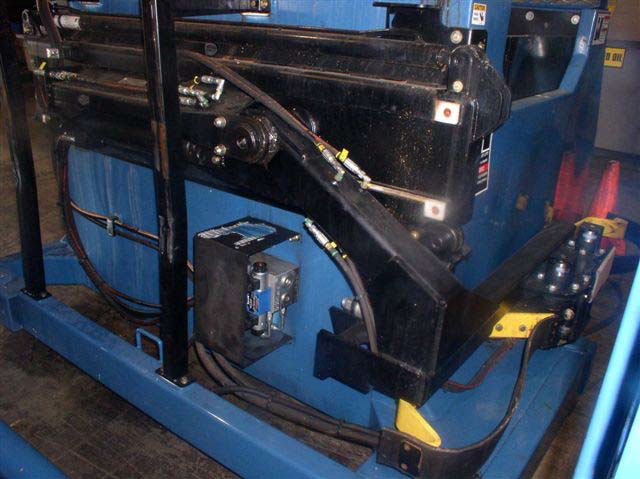
Exhibit 4. The automated systems components mounted on the rear of the collection bin.
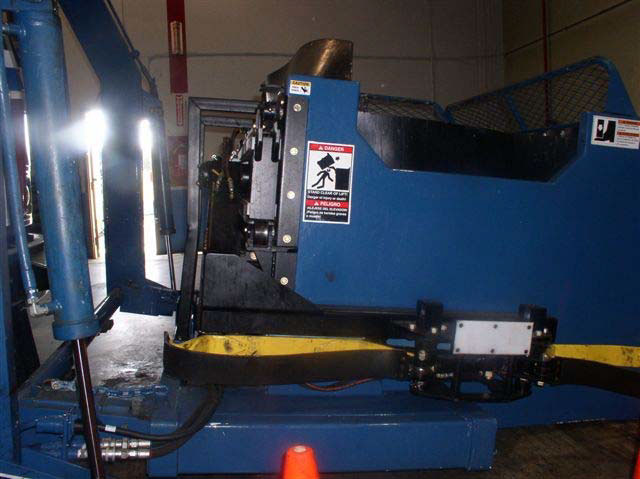
Exhibit 5. The grabbing device that extends and retracts to pick up recyclable containers.
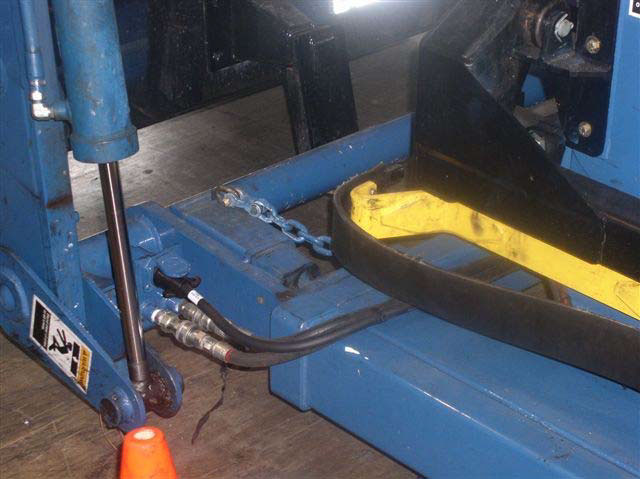
Exhibit 6. The hydraulic and electric connections.
References
California Code of Regulations, Subchapter 7, General Industry Safety Orders,
Group 8. Points of Operation and Other Hazardous Parts of Machinery
Article 60. Refuse and Trash Collection Equipment §4344. Refuse and Trash Collection Equipment.
Group 2. Safe Practices and Personal Protection
Article 7. Miscellaneous Safe Practices §3340. Accident Prevention Signs.
Preventing Injuries When Working with Hydraulic Excavators and Backhoe Loaders - Centers for Disease Control and Prevention (CDC), National Institute for Occupational Safety and Health (NIOSH) Publication No. 2004-107
Authors
Hank Cierpich, FACE Investigator
Robert Harrison, MD, MPH, FACE Project Officer
Laura Styles, MPH, Research Scientist
February 3, 2011